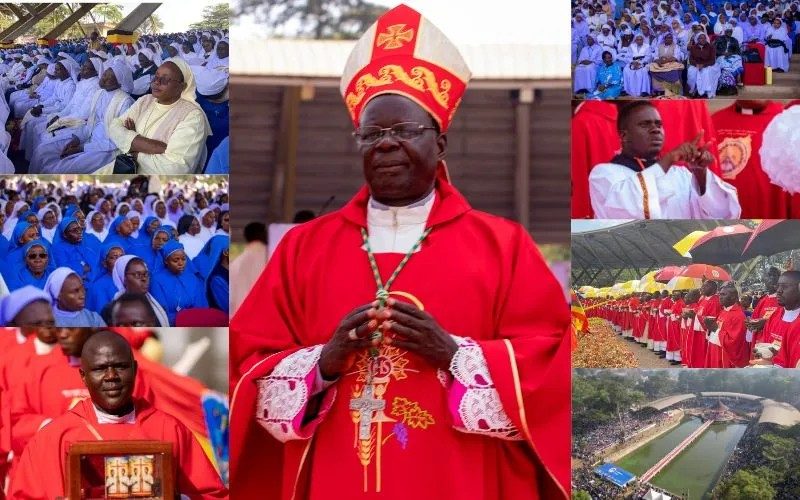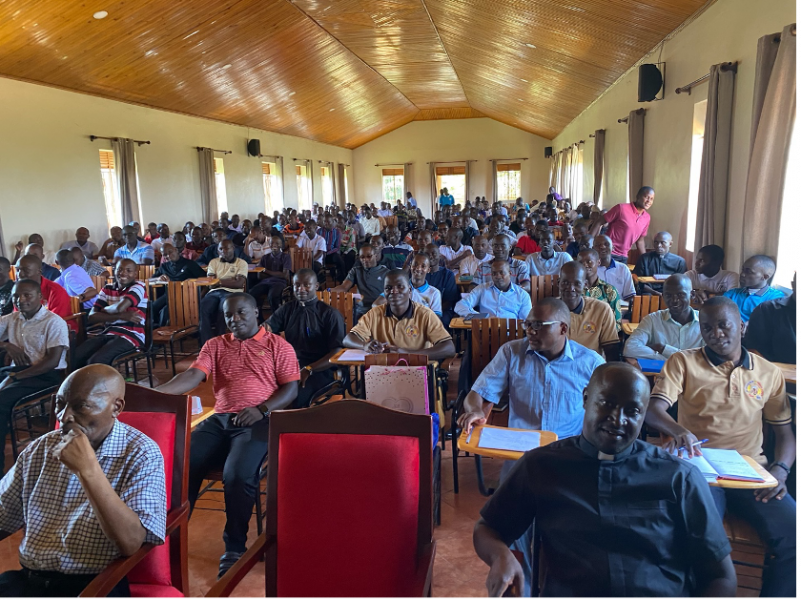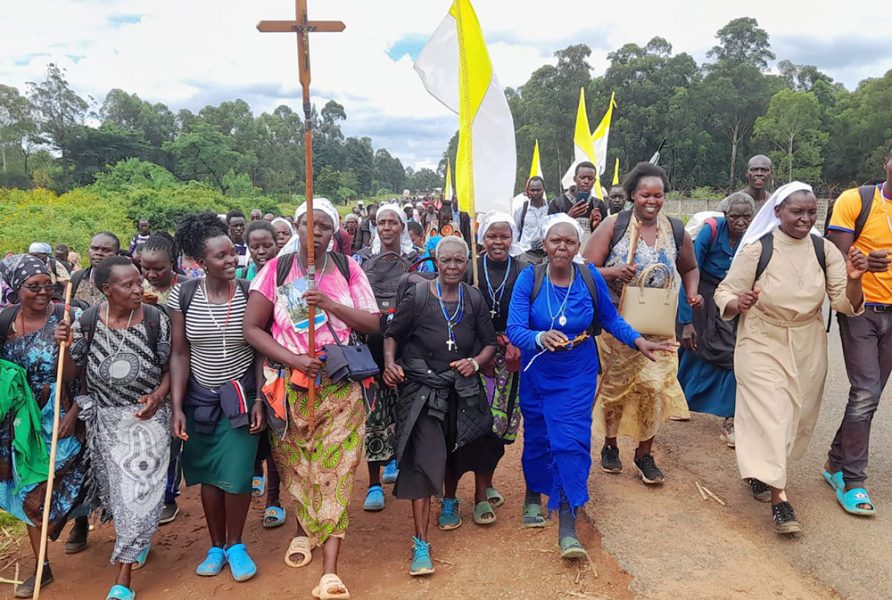(Alex Navajas. El Debate).
Juan Pablo II solía repetir que Hispanoamérica era el «continente de la esperanza» para la Iglesia católica. Sin desmerecer esa apreciación, África también pugna por ese título. Si en 1900 el número de católicos en el continente negro era de tan solo 2 millones de personas, un siglo más tarde la cifra rondaba los 236 millones de fieles. Parte de este espectacular incremento se debe al testimonio de los mártires, como el de san Carlos Lwanga y 24 jóvenes conversos al cristianismo, que fueron martirizados en 1886 en Namugongo por orden del rey Mwanga.
Sobre la tierra que fue regada con su sangre se construyó posteriormente el santuario de los Mártires de Uganda, donde cada 3 de junio se celebra una multitudinaria misa desde hace 60 años por el Día de los Mártires. Este año, millones de personas –el National Catholic Register habla de una asistencia cercana a los cuatro millones– han vuelto a darse cita en la explanada para honrar su memoria. El propio presidente ugandés, Yoweri Museveni, quiso estar presente en la eucaristía que celebró el arzobispo de Gulu, monseñor Raphael p’Mony Wokorach.
Continue reading…








